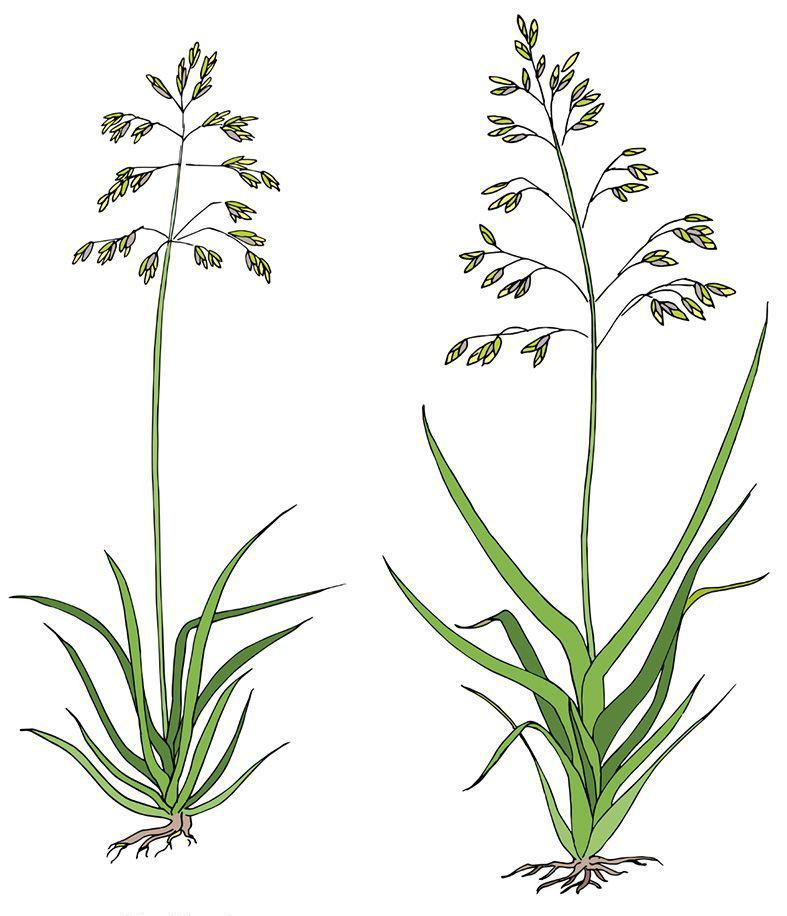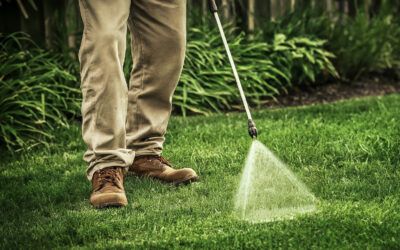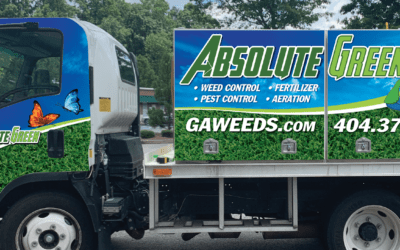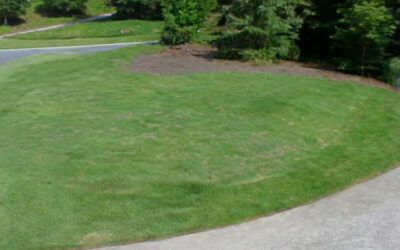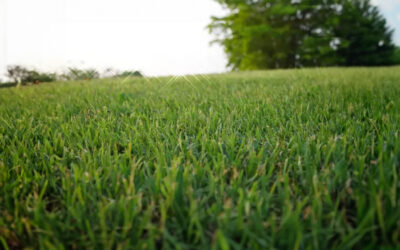We tell our customers that preparation is key to getting ahead of the thousands of seeds which are finding their way into your yard. That’s where pre-emergent herbicide comes in. This is something that we offer our customers as part of our 8 treatment plan.
Read about why pre-emergents are so crucial here:


Prevention – We recommend using a pre-emergent in September or early October to prevent an invasion of Poa Annua in your yard. You COULD spot spray each emerging Poa bud with Round-Up, but we don’t recommend that, as it could leave bald patches of dead weeds and grass in your yard that would take several months to fill in.
We tell our customers that preparation is key to getting ahead of the thousands of seeds which are finding their way into your yard. That’s where pre-emergent herbicide comes in. This is something that we offer our customers as part of our 8 treatment plan.
Read about why pre-emergents are so crucial here:

